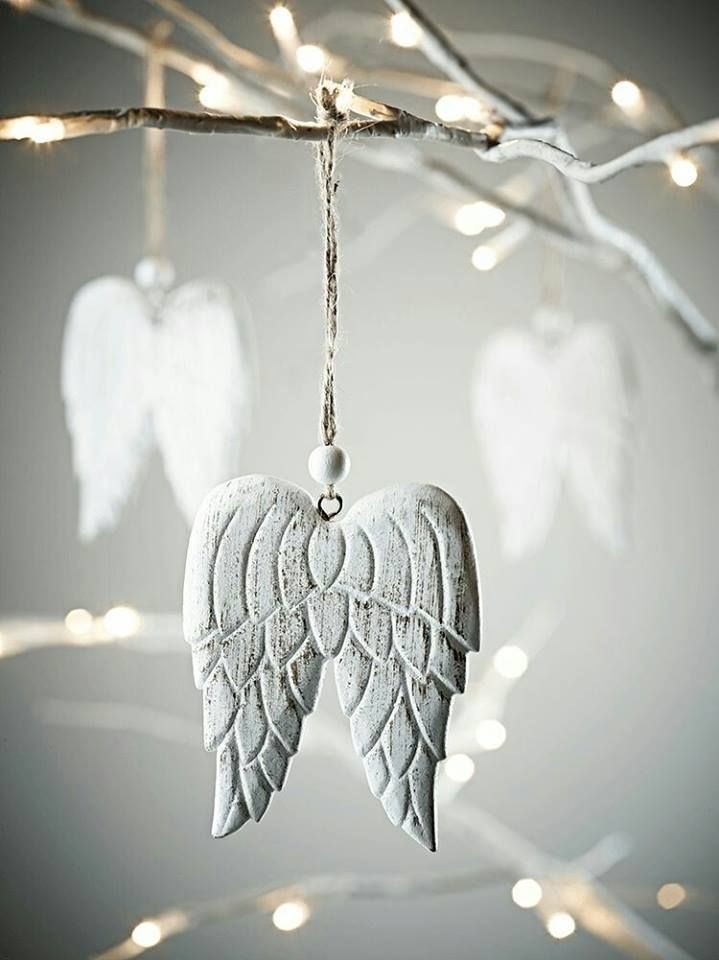Shaping a Bowl with Homemade Clay - A Sensory Meditation
- Koöko Fleurs
- Sep 11
- 3 min read

Objective: Create a small decorative bowl using a simple homemade dough — no baking, no special tools.
Using a bowl you’ve shaped yourself — even from simple flour and salt — brings a quiet kind of satisfaction. It’s not just about making; it’s about integrating that creation into your daily rhythm. Holding it, placing something inside, seeing it on your desk or shelf — each gesture reminds you that your hands are capable, that your time has value, that beauty can come from simplicity. In eco art therapy, this kind of object becomes a companion: not precious, but present. It’s a small, tactile proof that creativity lives in use, not just in display.
Materials Needed
We use homemade clay in this workshop to align with the principles of eco art therapy: accessibility, sustainability, and creative autonomy. By combining flour, salt, and water — ingredients found in most kitchens — we invite participants to create with what they already have, reducing waste and avoiding industrial materials. This approach encourages a mindful relationship with resources, turning everyday elements into tools for expression. It’s not about replicating traditional ceramics, but about exploring form and texture through simple, recyclable means — making art that’s both tactile and responsible.
- 1 cup of flour
- ½ cup of salt
- ½ cup of warm water
- A mixing bowl
- A spoon or spatula
- A smooth surface (cutting board, plate, or baking paper)
- A small bowl or glass to use as a mold (optional)

Step-by-Step Instructions
Step 1 — Make the Dough
Mix the flour and salt in a bowl. Gradually add the water while stirring until you get a soft, pliable dough.
Step 2 — Knead the Dough
Place the dough on a smooth surface and knead for 2–3 minutes until it’s even and slightly elastic.

Step 3 — Shape a Ball
Form the dough into a smooth ball. This helps distribute moisture and prepare for shaping.
Step 4 — Create the Bowl Shape
Use your thumbs to gently press into the center of the ball, turning and pressing until a shallow bowl shape forms.
Step 5 — Refine the Edges
Smooth the edges with your fingers or a spoon. You can round them or leave them slightly irregular.
Step 6 — Let It Dry
Leave the bowl to air dry for 24–48 hours. Flip it halfway through to prevent cracking.

Finishing Touch — Painting and Sealing Your Bowl
Once your bowl is dry, you’re invited to complete it — not to perfect it, but to honor its presence. You can paint it using natural pigments like coffee, turmeric, or paprika, brushing or dabbing the color gently across the surface. These pigments won’t cover the texture — they’ll reveal it. Every crack, curve, and uneven edge becomes part of the story.
To seal the bowl, mix a small amount of white glue with water and brush it over the surface. This gives a soft satin finish and helps preserve the shape. The bowl won’t be waterproof or food-safe, but it will be durable enough to hold small objects — keys, notes, dried flowers.
This final gesture turns the bowl into something more than a craft. It becomes a quiet companion: shaped by your hands, marked by your choices, and ready to live beside you. Not precious, but present.
Optional Reflection — A Word to Anchor Your Creation
Once your bowl is shaped and resting, take a quiet moment to observe it — not to judge, but to notice. Its texture, its weight, the way light touches its surface. Let your fingers trace the rim. Let your eyes follow the curve. This is not just a bowl. It’s a record of gesture, pressure, choice. It holds the imprint of your hands.
Now, choose one word.
Not a label, but a feeling.
A word that reflects its shape, its use, its texture — or simply how it makes you feel.
It might be:
- soft
- held
- uneven
- present
- quiet
- becoming
Write this word in a journal, or on a small piece of paper tucked beneath the bowl. Let it live there — as a companion to the object, and a reminder to yourself. You shaped something. You stayed with it. You finished it.
This word becomes part of the bowl’s story.
Not visible to others, but known to you.












Comments